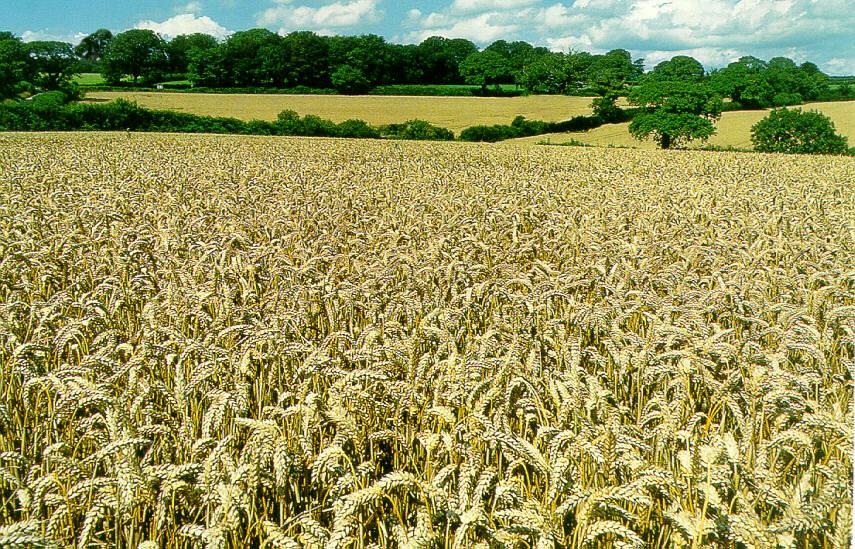About half of the wheat grain produced in the UK is used for animal feed; about one-third is used for milling into bread and biscuit flour. Some is used for grain distilling for whisky, potable alcohol and bioethanol.
The vast majority of wheat sown in the UK is winter wheat; just 2-5% of wheat is sown in spring.
Wheat is the mainstay of many arable rotations. The greatest area of wheat is sown after a non-cereal break crop (OSR, Beans, sugar beet) though a sizeable area is grown as a second wheat, with much less grown as third wheat or continuous wheat.
For every tonne of wheat sold a levy of 63p?? is collected by AHDB to conduct marketing, research and knowledge exchange on behalf of growers. Current prices for wheat grain can be found on the AHDB website here.
AHDB conducts extensive trials each year to evaluate the best wheat varieties, culminating in the Recommended List.
The Wheat Growth Guide gives a quantitative overview of how wheat develops and grows in the UK, using a range of benchmarks compatible with a crop yielding 11 t/ha.





